Fundamental Trading: A Beginner’s Guide to Stock Market Analysis (2025 Edition)
By CapitalKeeper | Beginner’s Guide | Indian Equities | Market Moves That Matter
Learn the basics of fundamental trading in the stock market. This beginner’s guide covers earnings, valuation ratios, economic factors, and step-by-step analysis strategies for 2025 investors.
📝 Fundamental Trading: A Beginner’s Guide to Stock Market Analysis
When most beginners enter the stock market, they are introduced to two broad approaches: technical analysis (studying charts and patterns) and fundamental analysis (studying the financial strength of companies). While technical analysis helps in timing entries and exits, fundamental trading is about understanding what to buy and why to hold it.
In this blog, we’ll cover the A to Z of fundamental trading, step by step, designed especially for beginners in 2025.
🔎 What is Fundamental Trading?
Fundamental trading is an investment strategy where decisions are based on the intrinsic value of a company. Traders and investors using this approach analyze a company’s financial statements, management quality, industry prospects, and macroeconomic conditions.
The goal is simple:
👉 Buy undervalued stocks (trading below their true worth)
👉 Sell or avoid overvalued stocks (trading above their intrinsic value)
🧩 Key Elements of Fundamental Analysis
1️⃣ Earnings & Revenue Growth
- Why it matters: A company’s ability to generate consistent revenue and profits indicates long-term viability.
- Metrics to track: Earnings per Share (EPS), Revenue Growth %, Net Profit Margin.
2️⃣ Valuation Ratios
These ratios help determine whether a stock is cheap or expensive compared to peers.
- P/E Ratio (Price to Earnings): Higher P/E suggests expensive valuations.
- P/B Ratio (Price to Book): Compares stock price with book value of assets.
- EV/EBITDA: Popular for capital-intensive businesses.
3️⃣ Balance Sheet Strength
- Check Debt-to-Equity Ratio to assess leverage.
- A healthy Current Ratio (>1.5) indicates liquidity to meet obligations.
4️⃣ Dividend Policy
- Regular dividends = financially strong company.
- Dividend Yield helps income-focused investors compare alternatives.
5️⃣ Industry & Economic Factors
- A great company in a struggling industry may underperform.
- Monitor GDP growth, inflation, interest rates, and government policies (like India’s PLI schemes).
📊 Fundamental vs. Technical Trading
| Feature | Fundamental Trading | Technical Trading |
|---|---|---|
| Focus | Company value | Price patterns & trends |
| Timeframe | Medium to long term | Short term to intraday |
| Tools | Financial statements, ratios, news | Charts, indicators, candlesticks |
| Goal | Identify undervalued companies | Time the best entry/exit |
👉 In practice, many traders blend both approaches (called Techno-Funda).
🛠️ Step-by-Step Guide to Fundamental Trading
Step 1: Screen Potential Stocks
Use stock screeners (like Screener.in, Ticker, or TradingView) to filter companies by market cap, P/E ratio, ROE, and growth trends.
Step 2: Read Financial Statements
Study the annual report (AR) and quarterly earnings (QIP, investor presentations). Look for consistent growth and transparent disclosures.
Step 3: Analyze Competitive Advantage (Moat)
Companies like HDFC Bank (retail banking moat) or Infosys (IT services moat) outperform due to sustainable advantages.
Step 4: Check Industry & Macro Trends
- EV adoption → boost for battery & semiconductor firms.
- Rising interest rates → pressure on real estate & NBFCs.
Step 5: Calculate Intrinsic Value
Use models like:
- Discounted Cash Flow (DCF): Value based on future cash flows.
- Relative Valuation: Compare with peers using P/E, P/B.
Step 6: Risk Management
- Diversify across sectors.
- Avoid over-concentration in one stock.
- Always keep a margin of safety.
📈 Example: Fundamental Trading in 2025 (Indian Context)
- Reliance Industries (RIL):
Revenue growth strong in telecom & retail, expansion into green energy. Valuation remains justified by diversified earnings. - Infosys:
Tech spending slowed in FY24 due to global uncertainty, but margins are stable. Long-term growth story intact with AI adoption. - HDFC Bank:
Balance sheet strong, low NPAs, stable ROE. Attractive for long-term investors seeking steady compounding.
✅ Pros & Cons of Fundamental Trading
Pros:
- Long-term wealth creation.
- Helps identify multibagger opportunities.
- Less stress compared to intraday trading.
Cons:
- Time-consuming (requires reading reports, ratios).
- Doesn’t provide short-term trading signals.
- Market can stay irrational longer than expected.
🚀 Final Thoughts
Fundamental trading is about conviction. Instead of chasing price movements, it allows you to focus on the underlying strength of businesses. In 2025, with global uncertainty and rapid technological shifts, blending fundamentals with a touch of technical confirmation may be the smartest way forward.
👉 As a beginner, start with understanding earnings, valuations, and industry trends. Then gradually build your portfolio around strong, fundamentally sound companies.
Remember: In the long run, markets reward businesses that create real value.
📌 For daily trade setups, technical learning, and smart investing tips, stay tuned to CapitalKeeper.in
📌 For more real-time updates, trade setups, and investment insights — follow us on [Telegram] and [WhatsApp Channel] subscribe to our newsletter!

Subscribe Now , Join Telegram the Crypto Capital Club, Get Free Crypto Updates
📌 Disclaimer
The content provided on CapitalKeeper.in is for informational and educational purposes only and does not constitute investment, trading, or financial advice. While we strive to present accurate and up-to-date market data and analysis, we make no warranties or representations regarding the completeness, reliability, or accuracy of the information.
Stock market investments are subject to market risks, and readers/investors are advised to conduct their own due diligence or consult a SEBI-registered financial advisor before making any investment decisions. CapitalKeeper and its authors are not liable for any loss or damage, direct or indirect, arising from the use of this information.
All views and opinions expressed are personal and do not reflect the official policy or position of any agency or organization. Past performance is not indicative of future results.By using this website, you agree to the terms of this disclaimer.
Ranjit Sahoo
Founder & Chief Editor – CapitalKeeper.in
Ranjit Sahoo is the visionary behind CapitalKeeper.in, a leading platform for real-time market insights, technical analysis, and investment strategies. With a strong focus on Nifty, Bank Nifty, sector trends, and commodities, she delivers in-depth research that helps traders and investors make informed decisions.
Passionate about financial literacy, Ranjit blends technical precision with market storytelling, ensuring even complex concepts are accessible to readers of all levels. Her work covers pre-market analysis, intraday strategies, thematic investing, and long-term portfolio trends.
When he’s not decoding charts, Ranjit enjoys exploring coastal getaways and keeping an eye on emerging business themes.
📌 Follow Ranjit on:
LinkedIn | Twitter/X | Instagram | ✉️ contact@capitalkeeper.in
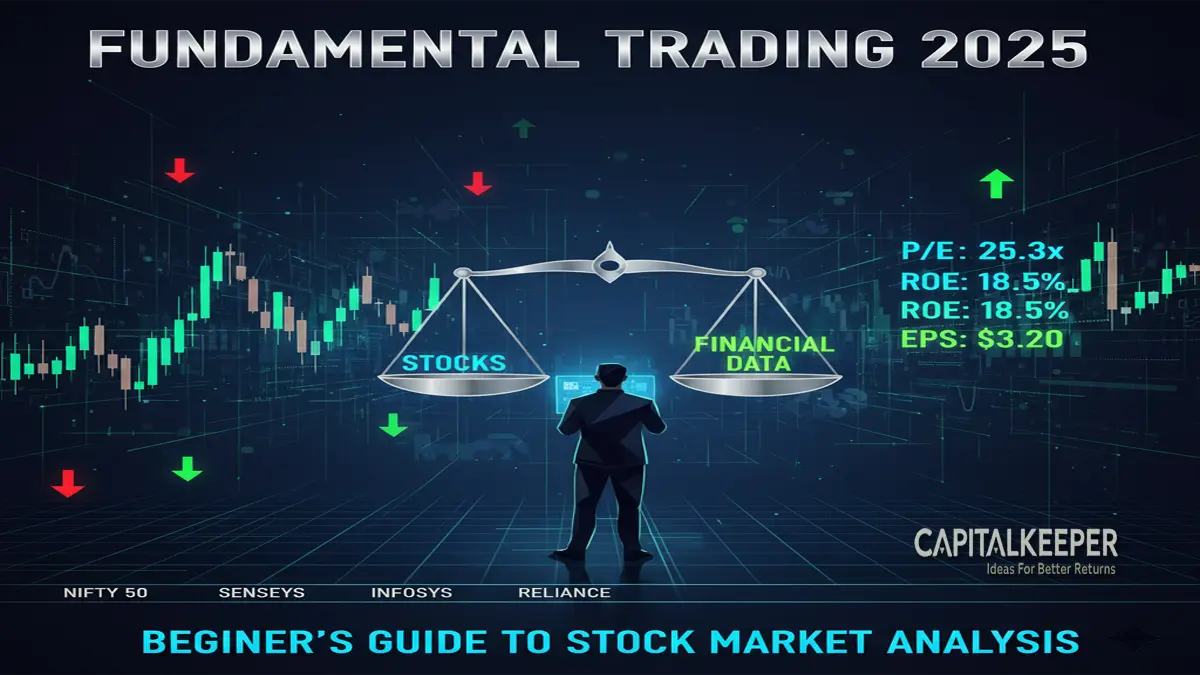


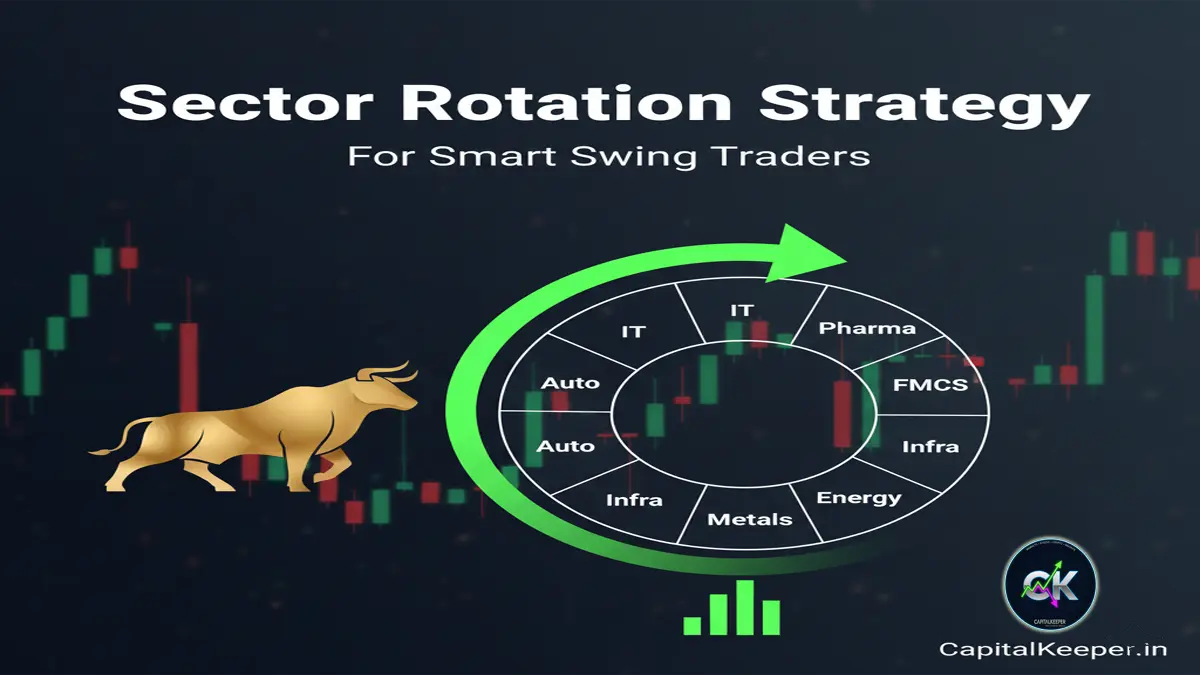




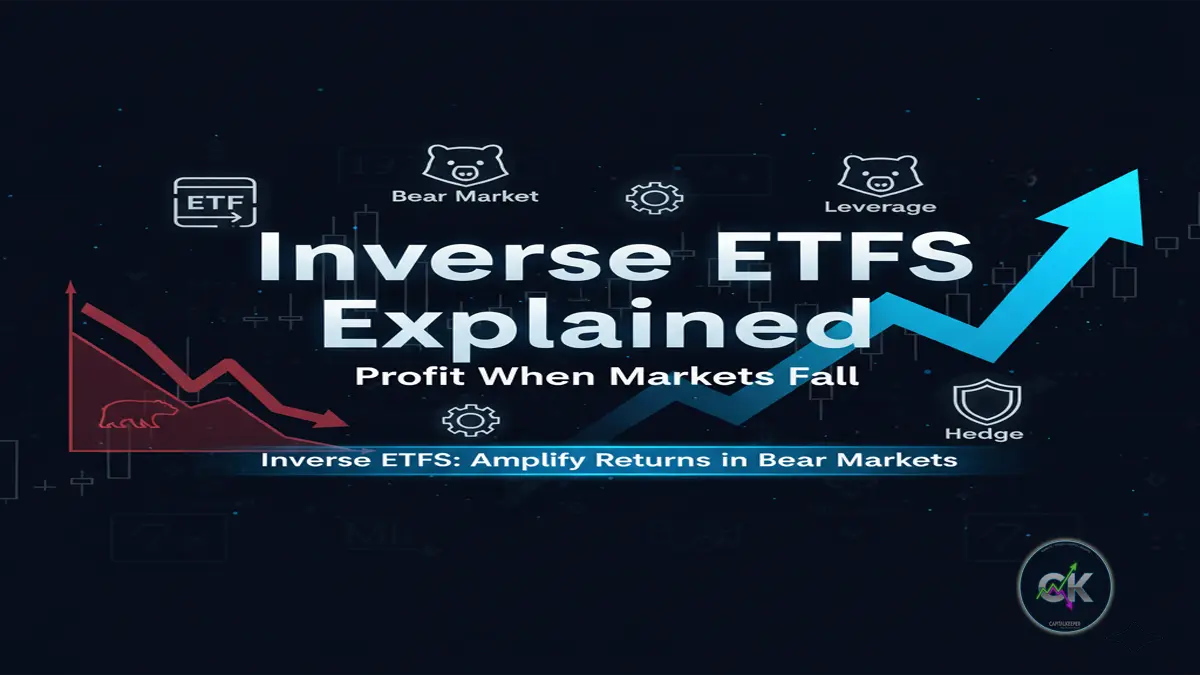


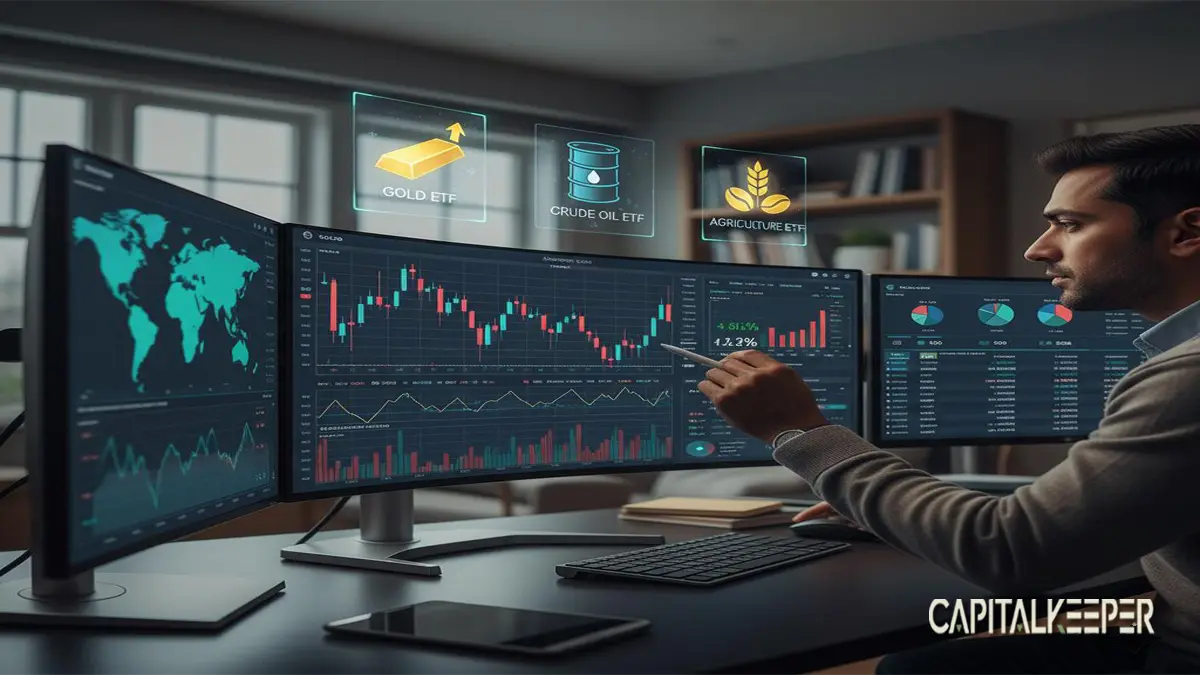


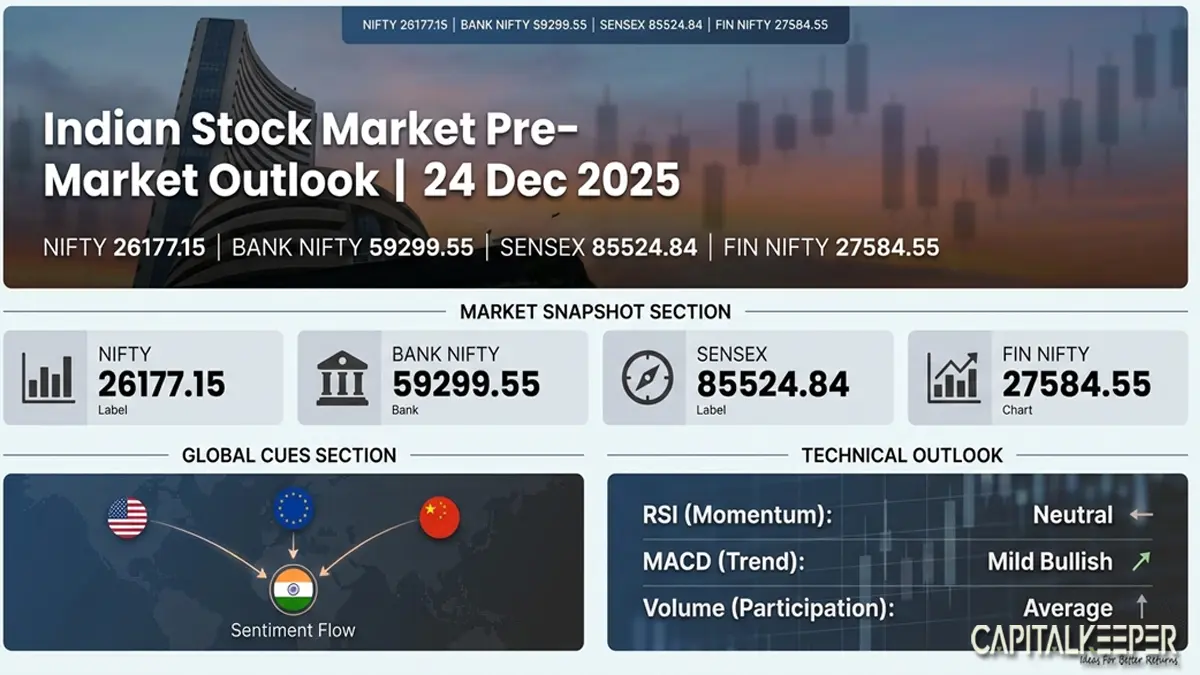

Leave a Reply